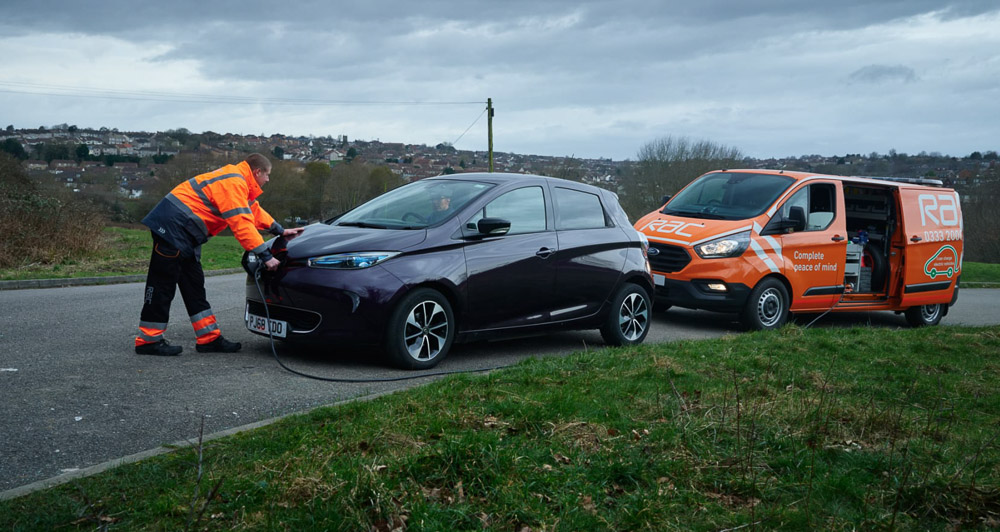
Electric and plug-in hybrid cars are becoming more popular the world over. Pushed by radical changes in government policies and an increasing desire for sustainable transportation, a new generation of automobiles is vying for our attention but brings with them a number of new questions.
One of them is how EVs and hybrids fare when it comes to reliability. With millions of petrol and diesel cars having been made and sold over the years, their reliability has generally increased to a level where we probably don’t think much about it anymore. But what about battery-powered machines? How do they compare when it comes to getting us from A to B without breaking down?
As much as we’d love to use local statistics to answer this question, there simply aren’t enough EV, BEV, and hybrid cars on our roads yet to get a meaningful data set. Instead, let’s look at a recent study conducted by Germany’s biggest automobile club, the ADAC. The country has over one million BEVs and around 865,000 hybrids driving around on its roads right now, which is a big enough sample to draw some conclusions from.
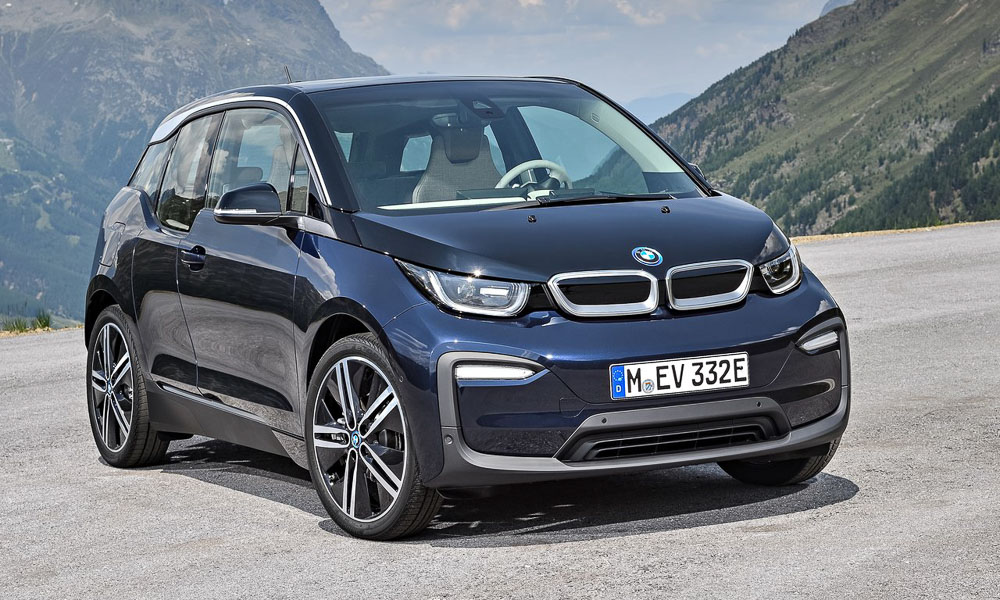
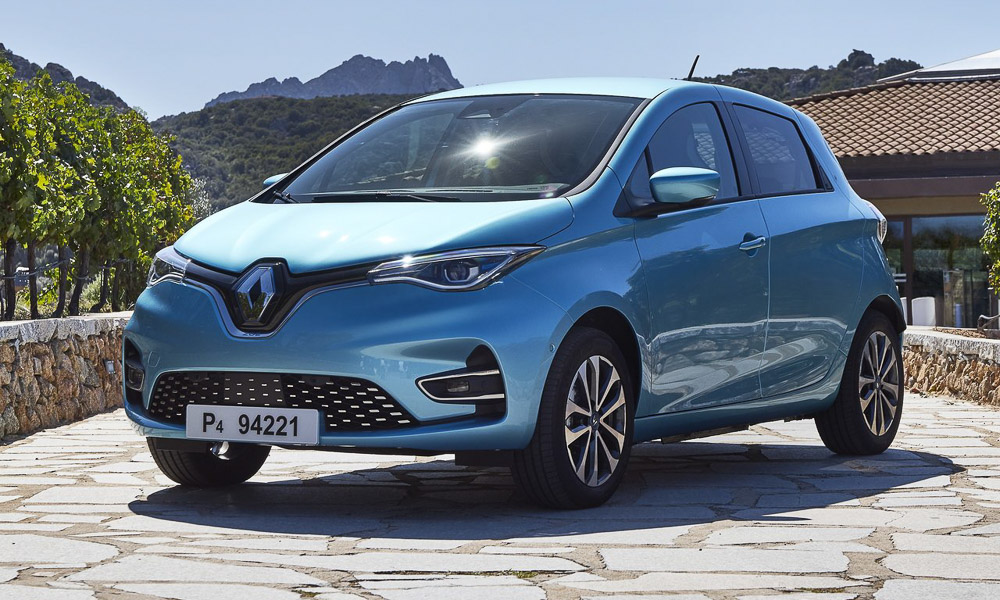
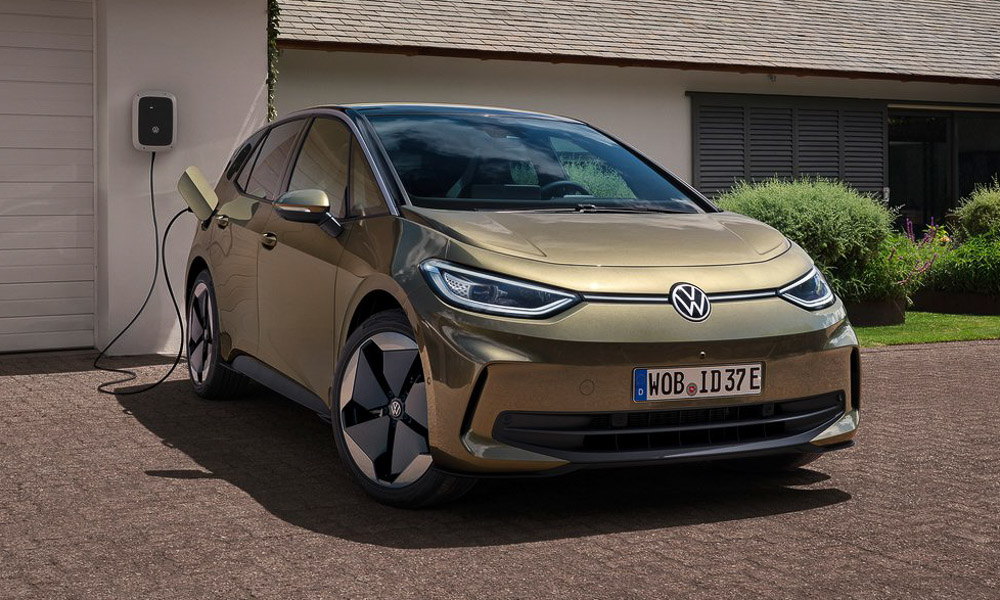
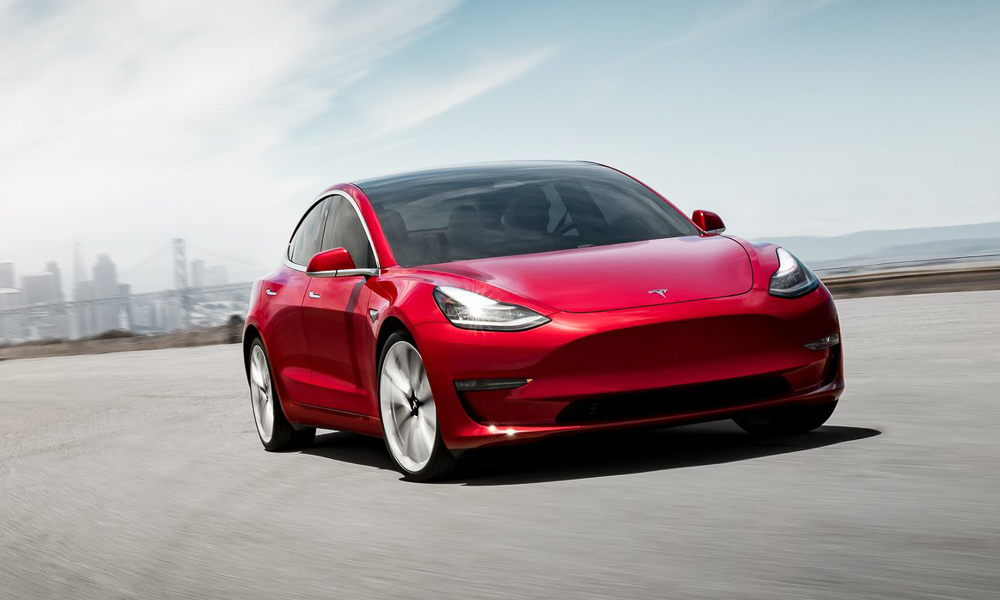
To get things as like-for-like as possible, it was also necessary to define the sample range further. The average car on German roads is 10 years old, but many electric models are way younger than that, so the organization settled on a sample range of vehicles that were registered from 2020 onward, and where at least 7,000 of them were recorded as being driven on public roads in the country. Included in this sample pool were the BMW i3, the Renault Zoe, the Volkswagen ID.3, and the Tesla Model 3.
As the ADAC runs its own breakdown assistance program, the club knows a thing or two about vehicle reliability. Last year, the organization helped 3.413 million motorists or roughly one every nine seconds. Using their own breakdown statistics, data analysts determined a breakdown index of 4.9 for EVs—meaning 4.9 out of every 1,000 cars of this type recorded a breakdown of some sort.
The breakdown index of cars with combustion engines was higher, at 6.9. That’s still quite a lot and also somewhat logical as EVs have fewer parts in them that could break.
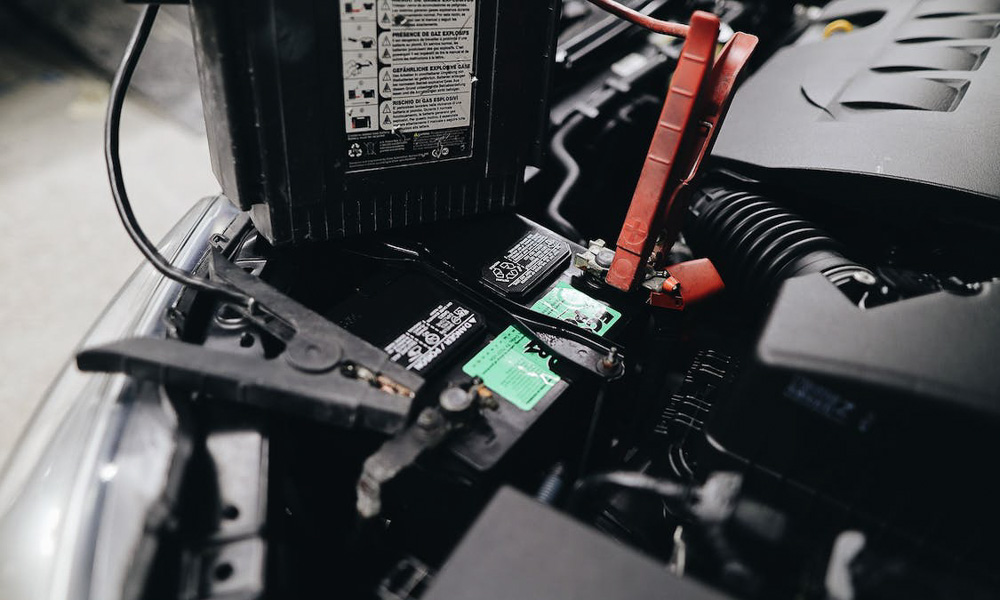
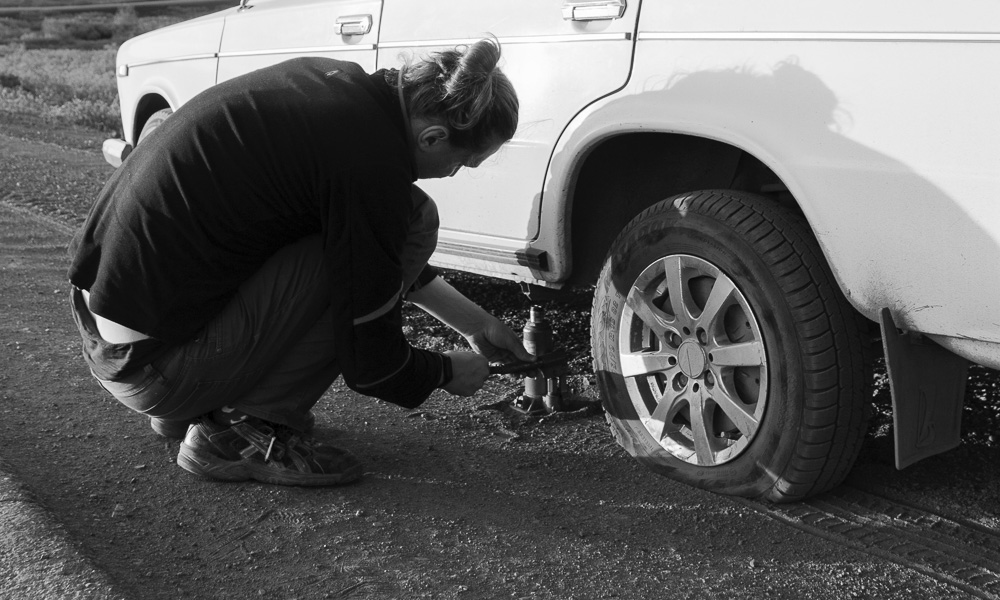
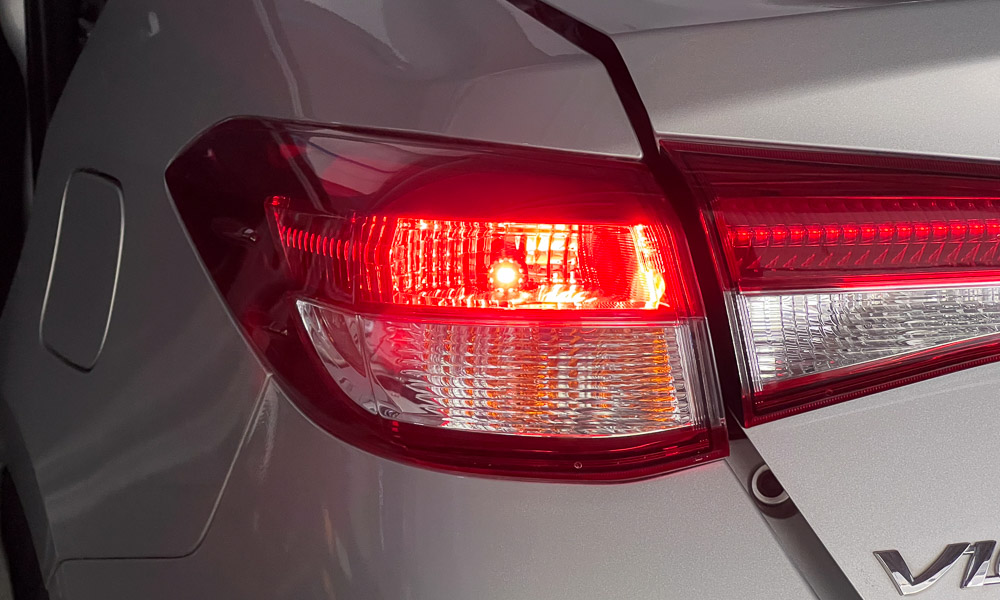
On the subject of which: The type of breakdown was also analyzed, and the part that caused the most trouble in both types of vehicles was the starter battery, with an index of 2.5 for each vehicle category. Seems having a flat battery will still be a thing in the future as well.
The second most common breakdown cause was tires, with an index of 1.1 for EVs and 1.6 for ICE vehicles. This means combustion-engine cars had more flat tires than their electric counterparts, which might be down to EVs not driving the same distances or at the same higher speeds as gas burners (yet). Less and gentler use equals less chance of a flat.
The next common category of faults includes mishaps with the alternator, the starter motors, the electrical system, and the lighting in general. Here, EV and ICE cars are almost the same, with scores of 0.6 and 0.5. Keys, entry systems, and immobilizers scored 0.2 in EVs and 0.6 in ICE cars, while engine management and high voltage systems scored 0.2 in electric vehicles and 1.3 in dinosaur juice burners. This indicates that EVs are more reliable where the electronics that make a car move are concerned.
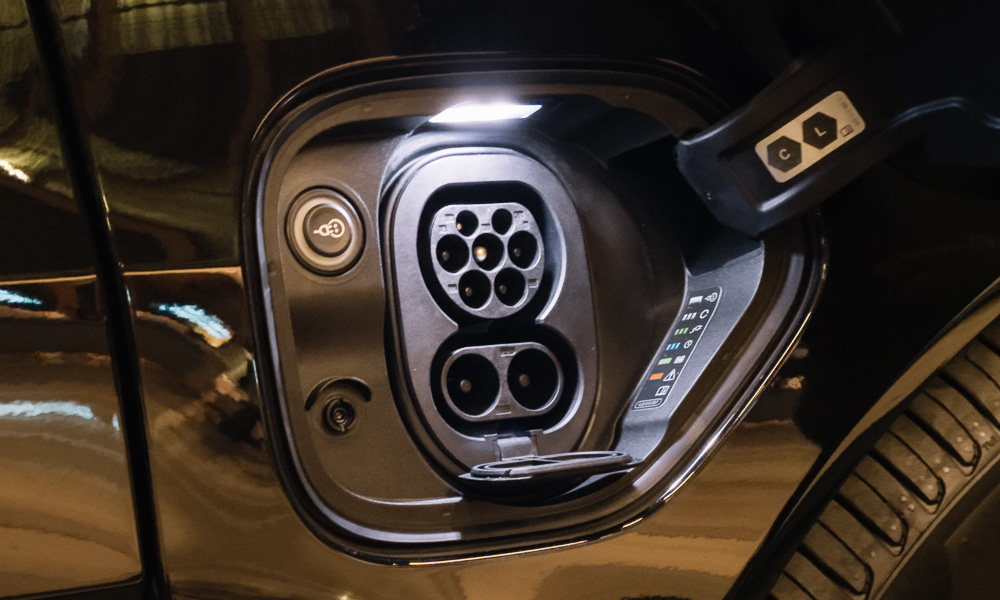
Based on this first large-scale analysis of its type, it’s fair to say that, right now, EVs are as reliable as—if not more reliable than—their ICE counterparts. However, this study opens up a new set of questions that can’t be answered just yet.
For example, how the higher weight of electric cars will affect suspension and brake components over longer distances, or how the high-voltage battery packs will perform over longer periods of time. Will a 20-year-old ID.3 with 250,000km on the clock be as reliable as a diesel or petrol equivalent? Only time will tell.
Manufacturers might also not be as tempted to use cheaper-to-produce parts in EVs right now as these cars still command a premium and have high-profit margins. On the other hand, carmakers are also still learning how to build EVs that can last for as long as some current or past ICE cars, which may affect breakdown statistics for these vehicles in the future.
For now, it’s safe to say that this new generation of vehicles will serve us just as well as the outgoing fleet of internal-combustion engine cars. All we need now are more charging points so we can actually use them.


0 Comments